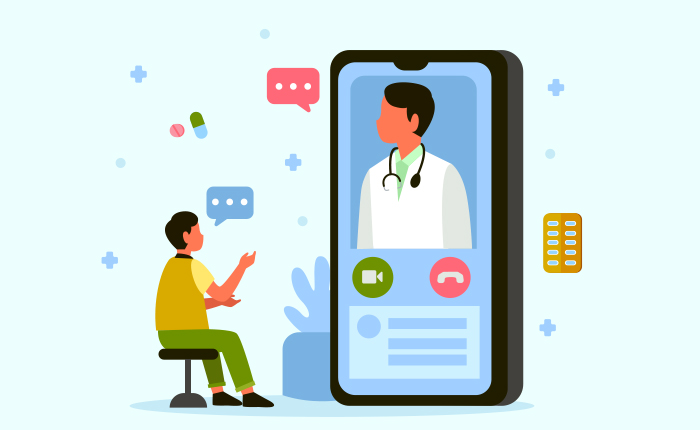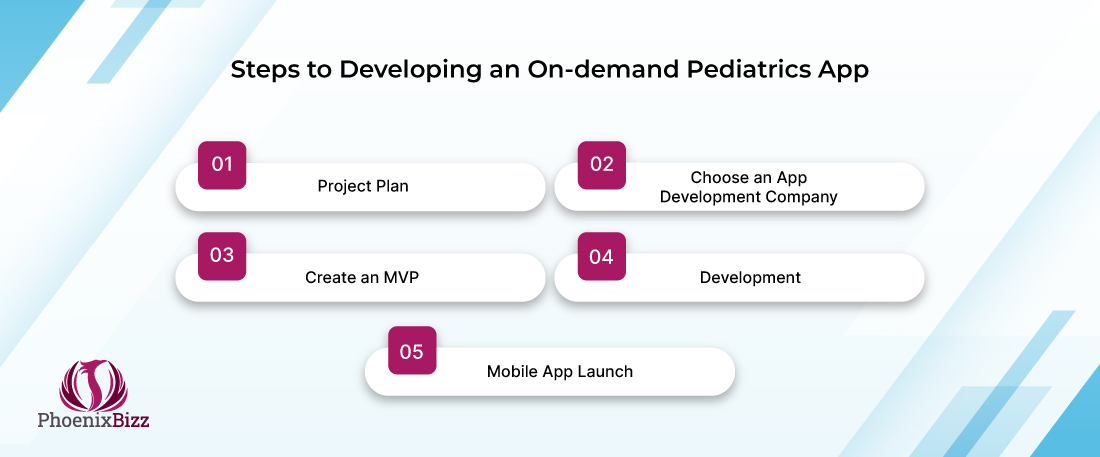January 04, 2022
By: PhoenixBizz Staff Writer
PhoenixBizz is a division of Sofvue, LLC
Printed with permission of Data Titan and Sofvue LLC
The pandemic has changed everything. It has impacted all industries, some of it good, some of it bad, but no matter the impact, it also changed the medical sector forever. According to a study by McKinsey, 46% of US consumers now use telehealth to replace healthcare visits, up from 11% in 2019. And it does not stop there, the number of people shifting to virtual health care services is experiencing exponential growth proving that virtual health / telehealth services are here to stay.
And why not? When using telehealth services, not only do get to stay home, but you do not have to drive to a medical office and wait in the waiting room for an hour to see the doctor.
These, along with the dynamic growth indicators in telemedicine, coupled with what seemingly appears a new pandemic every other month, will only grow, and within the growth trends of telemedicine, pediatric telehealth will see an even bigger gain in market share. According to a study by the University of Michigan in January of 2021, from an article by Beata Mostafavi, dated May 17, 2021, from Healthblog.org, “1 in 5 parents in a new national poll say their child had a virtual health visit over the past year, a noticeable jump for pediatric telemedicine.” Also consider that if this poll were conducted today (December 2021), I would bet that that number is now 2 in 5, or even higher. With this point in mind, the demand for pediatric telehealth is only going to grow and offering a mobile app as part of your pediatric practice is a great way to help support a growing practice.
As a leading mobile app development company in Phoenix and having developed 40+ related mobile apps, I thought it worth the effort to write a short piece on what is needed to get started.
What is an On-demand Pediatrics App?
An on-demand pediatrics app is a platform that connects pediatricians with patients. The app allows doctors to virtually examine their patients and diagnose them accordingly, whether on-line, voice or through a mobile app.

How Do On-Demand Pediatrics App Work?
Here is an overview of how on-demand pediatrics apps work.
✅ Parents register on the mobile app and enter their child’s medical details
✅ They enter the symptoms their child is having
✅ The app offers a list of available health experts, based on geographic area
✅ The parent, on behalf of their child, chooses a specialist and books an appointment. Depending on how the mobile app is set up, there may or may not be an upfront fee(s).
✅ The doctor and patient interact with each other virtually (via chat or video, either through a web interface or mobile app)
Steps to Developing an On-demand Pediatrics App
Now that you know what a pediatrics app is, let us look at the general steps to developing one.

Step#1 Project Plan
The first step to creating an on-demand pediatrics app is making a project plan. Here are some factors to keep in mind as you begin:
✅ Locate and purchase your app’s domain name (like phillypediatrics.com or losangeleskidshealth.com) You may not realize it now, but you will need a domain name for your project, beyond the approval processes of Google Play and the Apple Store.
✅ Define the Unique Selling Point (USP) of your mobile app
✅ Document the features you want in your app
✅ Analyze competitors in the marketplace
✅ Conduct in-depth market research
✅ Create a list of “Alpha” testers who will be willing to serve as your app’s first users in receiving the service.
Step#2 Choose an App Development Company
After you have done the preliminary market research, you need to choose a mobile app development company to convert your ideas into reality. In addition to providing development cost boundaries, a professional developer will assist you with identifying the missing elements of your project plan. At PhoenixBizz, we follow a six-step development model we have been using for 18 years, and it works perfectly every time.
Step#3 Create an MVP
An MVP (minimum viable product) is an early version of your app with enough features to attract customers to try it. MVP helps gather customer feedback and determine the success rate of your app at a low cost.
When you release an MVP, you avoid lengthy and unnecessary work. Moreover, it enables you to add features in the final development that you might not have thought of earlier.
Step#4 Development
This is where the work happens. The app development process involves designing, coding, and testing.
◾Concept & Design
App development starts with designing the UX/UI. You need to create a design that offers a seamless experience for users while enabling them to perform tasks, whether it is a parent finding a pediatrician for their child or a pediatrician tracking appointments and payments.
◾Code (Programming)
Once you have created the design, it is time to code. Depending on the platform you choose: Android or iOS, the language you choose plays a pivotal role in the success of your project. For instance, to create an Android app, you will have to code in Java, while for iOS, you need to write the code in Xcode13, but there is more. You also must consider whether to write your code natively or use a cross-platform solution like Flutter, Xamarin, or React Native.
◾User Testing
Testing is the least considered and often most overlooked aspect of a successful mobile app launch. Properly done, testing helps ensure your app runs flawlessly on different devices, and more importantly, fulfills all the business requirements of your app’s persona stack. Done right, it also allows you to find bugs and inadequate performance issues before the source code is released, something that needs to be validated that you might otherwise completely overlook.
Step#5 Mobile App Launch
Now that you have tested your app, it’s time to launch. The Android app will be released in Google Play, while the iOS app will be deployed in the Apple Store. People can now download the app and use it.
On-demand Pediatrics App: Most Important Features to Consider
Features are the core components of any mobile app, and every feature should make it easy for doctors and parents to connect.
That said, here are the core components of an on-demand pediatrics app.
Your app will have three user types, or “Persona Classes”:
✅ Patients
✅ Doctor
✅ Administrative (you and your staff)
Both patients and doctor versions of the app will have a registration feature. However, when a doctor registers, you need to have an automated system and processes in place that verify their documents (such as degree, license, etc.). This will help ensure you only onboard expert healthcare professionals in the market your mobile app serves.
Core Features of Your On-Demand Pediatrics App
|
Users |
Features |
|
Patient |
|
|
Doctor |
|
|
Admin (You) |
|
Summary
The popularity of on-demand healthcare apps is rising across the country, due in part to the pandemic, but also because of the rise in automation and smartphone technology. By creating an on-demand pediatrics app, you can offer pediatric medical practices a new way to connect with patients, especially those who do not want to visit a local doctor’s office or hospital.
While we have explained some of the elements involved with developing an on-demand pediatrics app, there are many others. Most projects take 6-12 months to complete, assuming no delays by Apple and Google. Additionally, we understand that you might have questions regarding the app development process (budget, timeline, etc.). We are happy to answer all your questions. We have been developing mobile and web technology solutions across the country and here in Phoenix for nearly two decades. Contact us to learn more about how we can help you build the perfect on-demand pediatrics app.
Read More:
8 Ways Mobile Apps are Transforming the Healthcare Industry
Healthcare Mobile App - HealthMed Portfolio
RE:
Healthblog.org: https://healthblog.uofmhealth.org/childrens-health/more-kids-seeing-doctors-virtually-but-some-parents-remain-hesitant
McKinsey: https://www.mckinsey.com/industries/healthcare-systems-and-services/our-insights/telehealth-a-quarter-trillion-dollar-post-covid-19-reality








